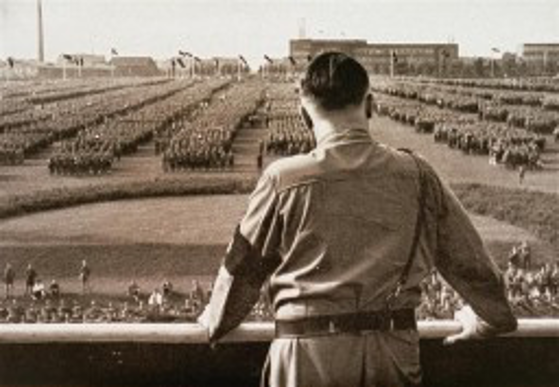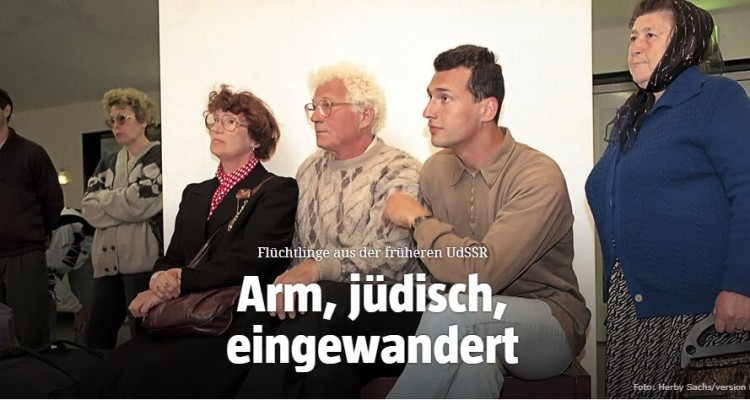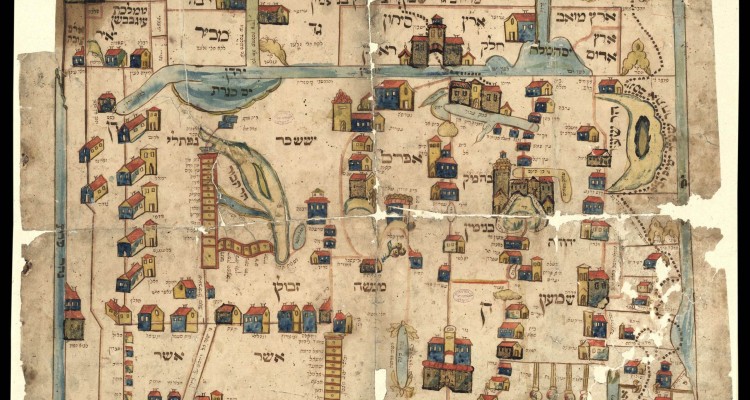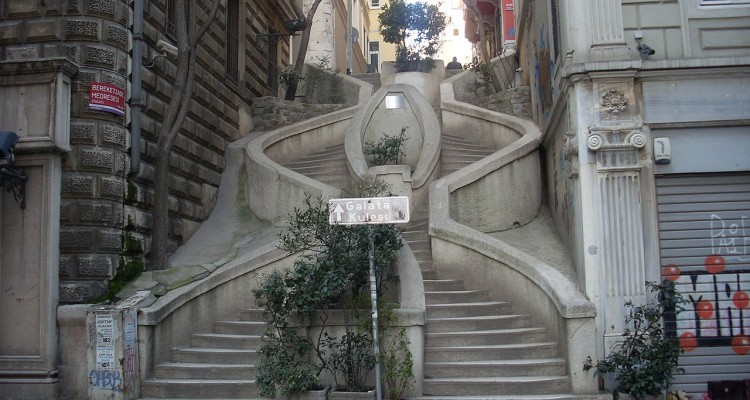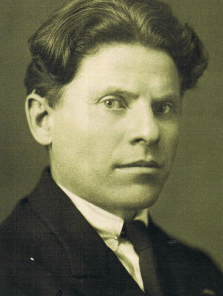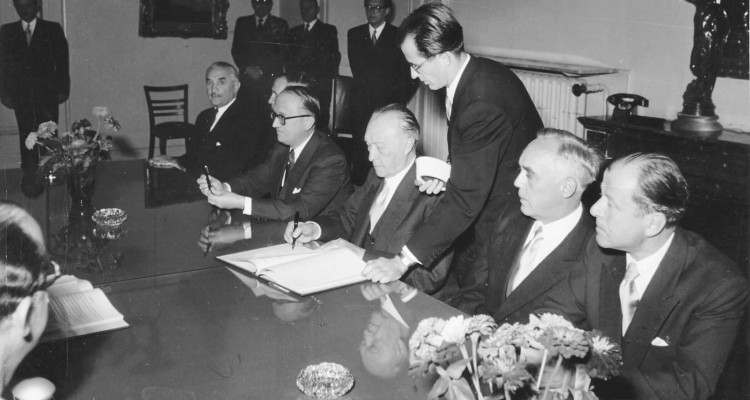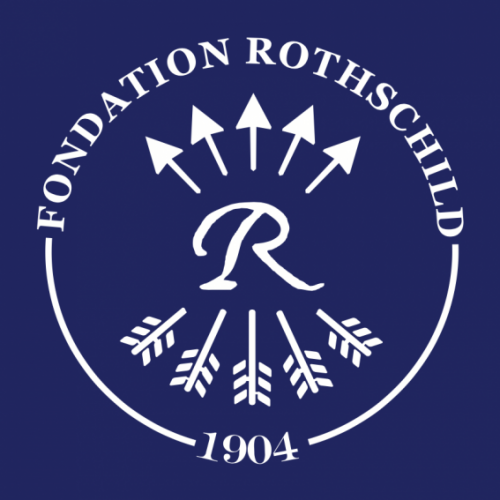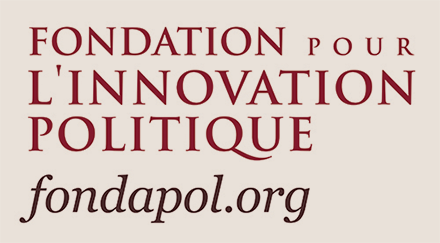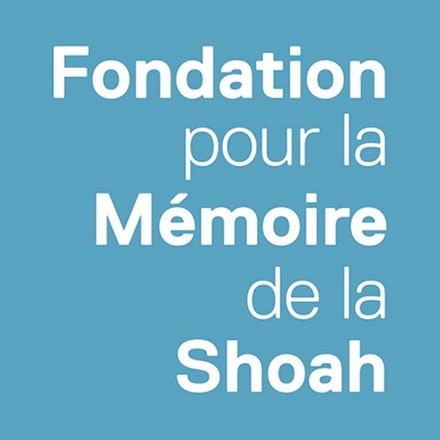History
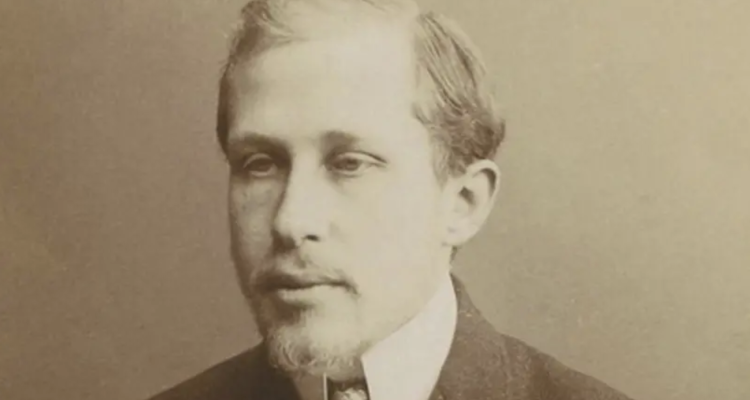
This year marks the centenary of the death of Vladimir Medem (1879-1923), a great theoretician of the Bund and the Jewish national question in the Russian Empire, considered in connection with socialist internationalism. Vladimir Medem was renowned for his writing and political activities. Constance Pâris de Bollardière discusses the singularity of his personal journey. Medem’s memoir, published in New York in 1923, will form the fabric of this evocation.
On 30 January 1933, ninety years ago this week, Hitler was appointed Chancellor of the Reich. Faced with this event, the whole of Europe was waiting for one person to speak: Karl Kraus, a Viennese Jew, a radical pamphleteer and universally feared polemicist who had founded The Torch in 1899, a newspaper of which he was the sole editor from 1911 and from the arrows of which few of his contemporaries escaped. But Karl Kraus refuses to speak. Instead of commenting on the ‘event’, he tries to make all those who want to ‘talk about it’ understand why there is nothing more to say. Julia Christ examines the silence of the man who until then had always found something to talk about and gives an account of its significance for the history of Europe.
200,000 Soviet Jews have settled in Germany since the 1990s. If they migrated to the land of the murderers, it is partly because Germany had a very positive reception policy towards them, but also because Soviet Jewry did not have the same representations of this country as the Jews of Western Europe. Lisa Vapné tells us the story of the complex integration of those who were at first desired, then disappointed, and finally until today are struggling to be recognized by their own community.
Vilna, Wilno, Vilnus. Yerushalayim of Lita. A dream city, flooded by the light of the Great Synagogue. A dreamy city, with mornings perfumed with cinnamon buns. A city of fear, with its forests entangled in fright. In a text never before published in French, Gregory Kanovitch – the 93-year-old Lithuanian writer who now lives in Israel – evokes his Lithuanian Jerusalem, now a ghost.
Much has been written about Holocaust museums and memorials. Ljiljana Radonić focuses in this text to the way the Shoah is exhibited in national museums (especially in Central and Eastern Europe) yet devoted to other tragic events. But why? It is not so much a matter of repairing an omission as of evoking Jewish suffering as a model. In many cases, the message to be understood: “Our” victims suffered “like the Jews”.
There were 100,000 Turkish Jews at the beginning of the century, but now there are only 10,000. One of the last Jewish communities in the Muslim world, faced with new challenges, seems to be on the verge of collapse. François Azar looks back at the history of a minority that has traditionally cultivated kayadez (discretion in the public space) but that plans to make itself more visible in Turkish society.
Vienna, 1900: the Austro-Hungarian Empire declines. Its German neighbor overshadows it, and the social mobility of the previous decades comes to a halt. In 1984, in a work that has become a classic, Vienna 1900, sociologist Michael Pollak analyzed the effects of this political and social crisis through the notion of wounded identity. Bruno Karsenti revisits this book this week in K. In his turn, he specifies the causes of this crisis and its main consequence: the development of an unprecedented anti-Semitism. More than a century later, the resurgence of anti-Semitism signals a new crisis in European liberal societies. But a crisis from which all the ways out seem to be blocked.
1926, in Paris. Samuel Schwarzbard murdered Petlioura, the Ukrainian military officer and politician responsible for the pogroms that killed tens of thousands of Jews between 1919 and 1920. The affair, now forgotten, had a huge echo in France at the time. Indirectly, it was also at the origin of the creation of the current LICRA, one of France major antiracist organization. Philosopher Elisabeth de Fontenay revisits the story of a man who, before the Shoah, wanted to avenge the murdered Jews, and whose gesture was the origin of a desire for Jewish self-defense in the four corners of Europe.
Exactly seventy years ago, in September 1952, the Reparations Agreement between Israel and the Federal Republic of Germany known also as Luxembourg Agreement was signed. The West German government agreed to the demands of the young Israeli state and to pay substantial compensation. Traditionally seen as a form of reparation after the Shoah, the Luxembourg Agreement was in fact a much more subtle transaction that was not considered reparation or reconciliation. Historian Constantin Goschler examines the ins and outs of this agreement and the German and global geopolitical context that informs it.
Join us
With the support of:
Thanks to the Paris office of the Heinrich Böll Foundation for their cooperation in the design of the magazine’s website.
